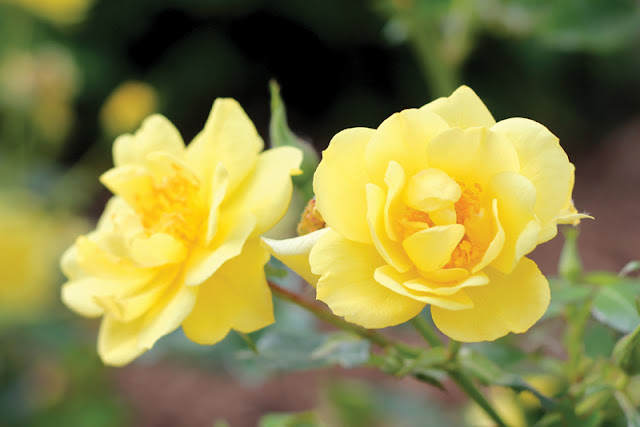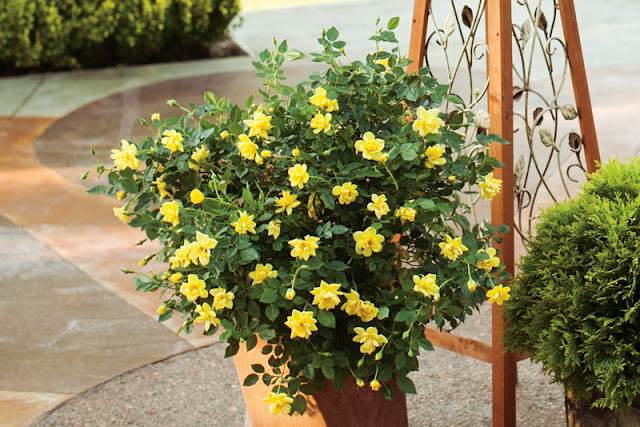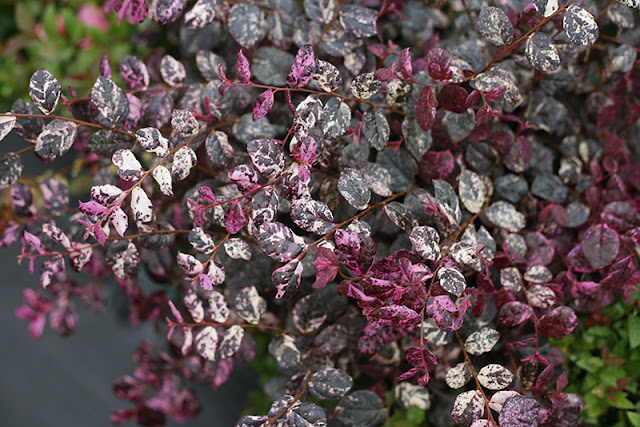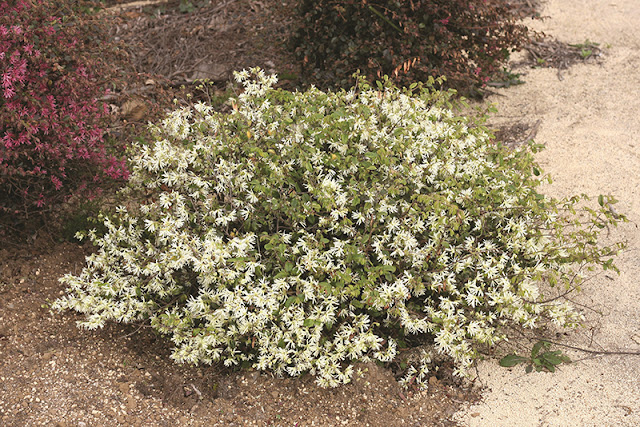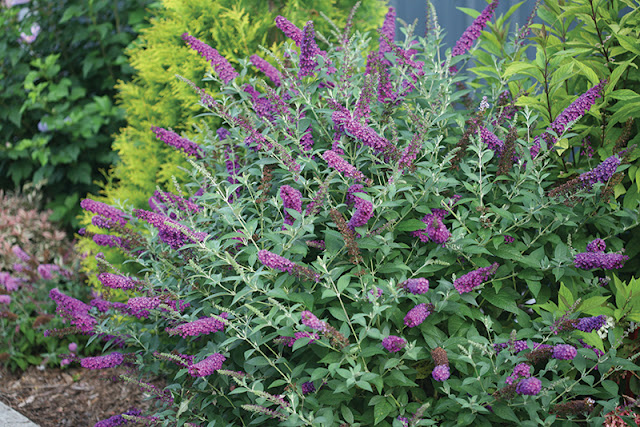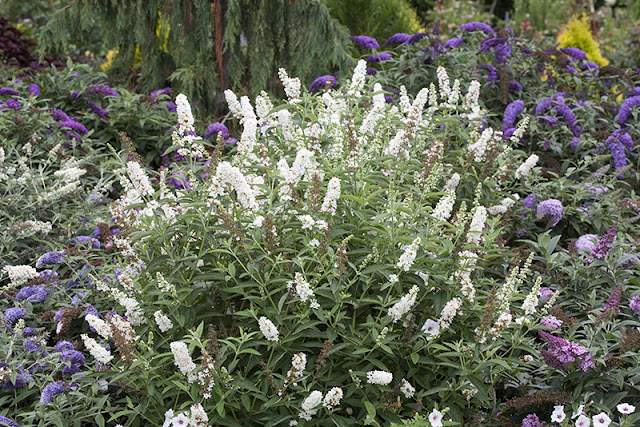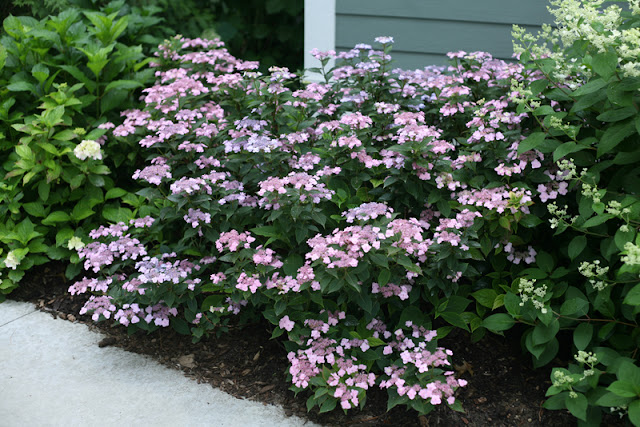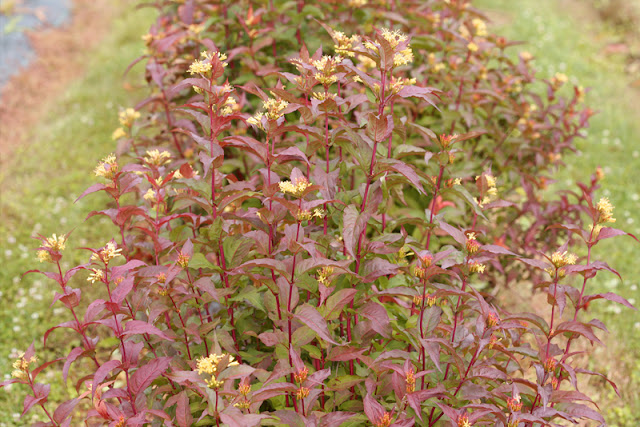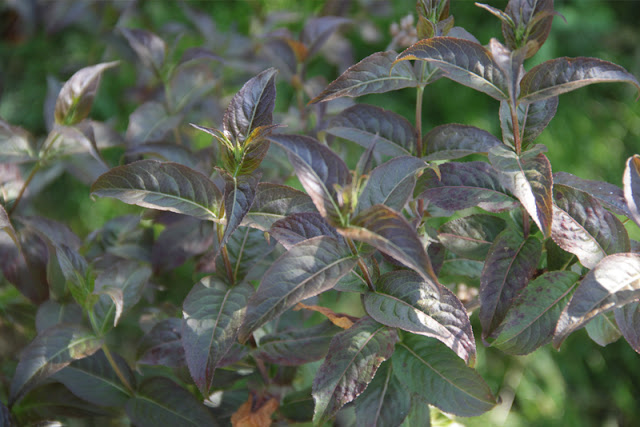 |
| 'Filip's Magic Moment' Thuja |
Not so fast... bringing an evergreen or conifer inside, then taking it outdoors again and successfully re-acclimating it to the winter environment can be tricky business. As you probably know, sudden temperature changes and dry indoor conditions can doom a once-healthy little outdoor plant.
Some shrubs, like 'Filip's Magic Moment', will withstand this treatment better than others...and imagine having this sweet little guy ready and waiting on your patio to bring inside and brighten your indoor décor each Christmas?
Do you have tips about reintroducing live 'trees' to the outdoors after Christmas? How about other ideas for holiday container gardening? I'd love to hear them!
On to the plant of the week...
This week Jane celebrates the season with a clever take on a popular holiday place, the North Pole. Her plant of the week blog post is below...thanks for reading and we'll see you in the New Year.
Natalie
All eyes are on the North
Pole!
The little ones are looking for Santa Claus, of course. Have you heard the story of how NORAD started to track his progress on Christmas Eve? It's delightful.
Those of us who have aged out of the jolly old elf's system can content ourselves with North Pole Thuja. It, too, is delightful. And unlike many of the presents under Christmas trees, it will last for many years.
The little ones are looking for Santa Claus, of course. Have you heard the story of how NORAD started to track his progress on Christmas Eve? It's delightful.
Those of us who have aged out of the jolly old elf's system can content ourselves with North Pole Thuja. It, too, is delightful. And unlike many of the presents under Christmas trees, it will last for many years.
Thuja is a fast-growing, very narrow selection of our native arborvitae. Developed in Minnesota, this is a plant that was literally made for cold weather. It's quite hardy (USDA Zone 3) and has good resistance to winter burn. I think you'll find that this is a very appealing plant both in the landscape and at retail. The tight, narrow form is really attractive and quite useful for smaller sites. Check out this cool video about the plant.
Finally, a very Merry Christmas from everyone at Spring Meadow Nursery.
Plant of the Week is written by Jane Beggs-Joles

















